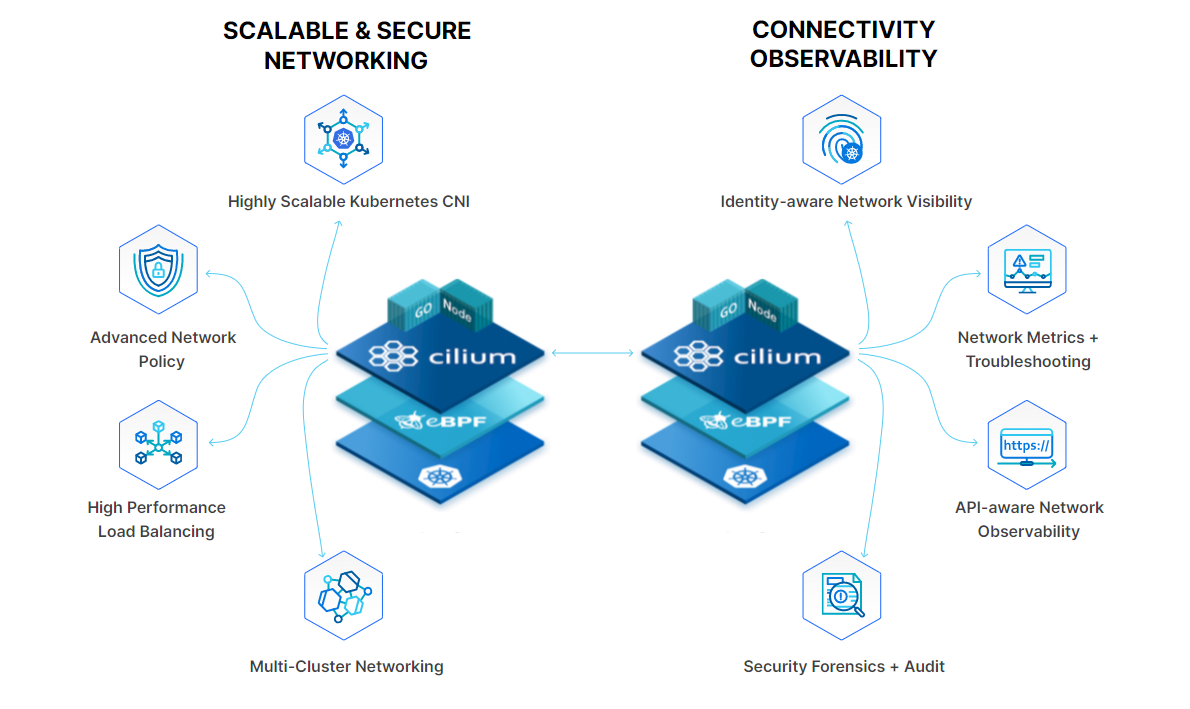Greylock’s Asheem Chandna on ‘shifting left’ in cybersecurity and the future of enterprise startups
Last week was a busy week, what with an election in Myanmar and all (well, and the United States, I guess). So perhaps you were glued to your TV or smartphone, and missed out on our conversation with Asheem Chandna, a long-time partner at Greylock who has invested in enterprise and cybersecurity startups for nearly two decades now, backing such notable companies as Palo Alto Networks, AppDynamics and Sumo Logic. We have more Extra Crunch Live shows coming up.
Enterprise software is changing faster this year than it has in a decade. Coronavirus, remote work, collaboration and new cybersecurity threats have combined to force companies to rethink their IT strategies, and that means more opportunities — and challenges — for enterprise founders than ever before. In some cases, we are seeing an acceleration of existing trends, and in others, we are seeing all new trends come to the forefront.
All that is to say that there was so much on the docket to talk about last week. Chandna and I discussed what’s happening in early-stage enterprise startups, whether vertical SaaS is the future of enterprise investing, data and no-code platforms, and then this rise of “shift left” security.
The following interview has been edited and condensed from our original Extra Crunch Live conversation.
What’s happening today in the early-stage startup world?
Chandna has been a long-time backer of startups at their earliest stages, with some of his investments being literally birthed in Greylock’s offices. So I was curious how he saw the landscape today given all that prior experience.
TechCrunch: What sort of companies are exciting for you today? Are there particular markets you’re particularly attuned to?
Asheem Chandna: One is digital transformation. Every company is trying to figure out how to become more digital, and this has been accelerated by COVID-19. Second is information technology today and its journey to the cloud. I would say we might be about 10% or 15% of the way there. Some of the trends are clear, but the journey is actually still relatively early, and so there’s just a ton of opportunity ahead.
The third one is leveraging data for better predictability along with analytics. Every CEO is looking to make better decisions. And you know, most leaders make decisions based on gut instinct and a combination of data. If the data can tell a story, if the data can help you better predict, there’s a lot of potential here.
I view these as three macro trends, and then if one was to add to that, I would say cybersecurity has never been more important than it is today. I’ve been around cyber for over two decades, and just the prominence and importance and priority has never been more important than today. So that’s kind of another key area.
I want to dive into your first category, digital transformation. This is a phrase that I feel like I’ve heard for a decade now, with “Data is the new oil” and all these sorts of buzzwords and marketing phrases. Where are we in that process? Are we at the beginning? Are we at the end? What’s next from a startup perspective?
Due to COVID-19 and because of the way people are working today, digital’s become the primary medium. I would still say we’re early, and you can literally look sector by sector to see how much more work there is to do here.
Take enterprise sales itself, which is early in what I consider digitalization. It’s even more important today than it was a year ago. I’m using video to basically communicate, and then the next piece would basically be trialing of software. Can I allow even complex software to be self trials and can I measure the customer journey through that trial? Then there’s the contracting of the software, and we go to the sale process, can all that be done digitally?
So even when you take something as very mundane as enterprise sales, it’s being transformed. Winning teams, winning software entrepreneurs, they understand this well, and they’d be wise to examine every step of this process, and instrument it and digitize it.
Vertical versus horizontal plays in enterprise
![]()









